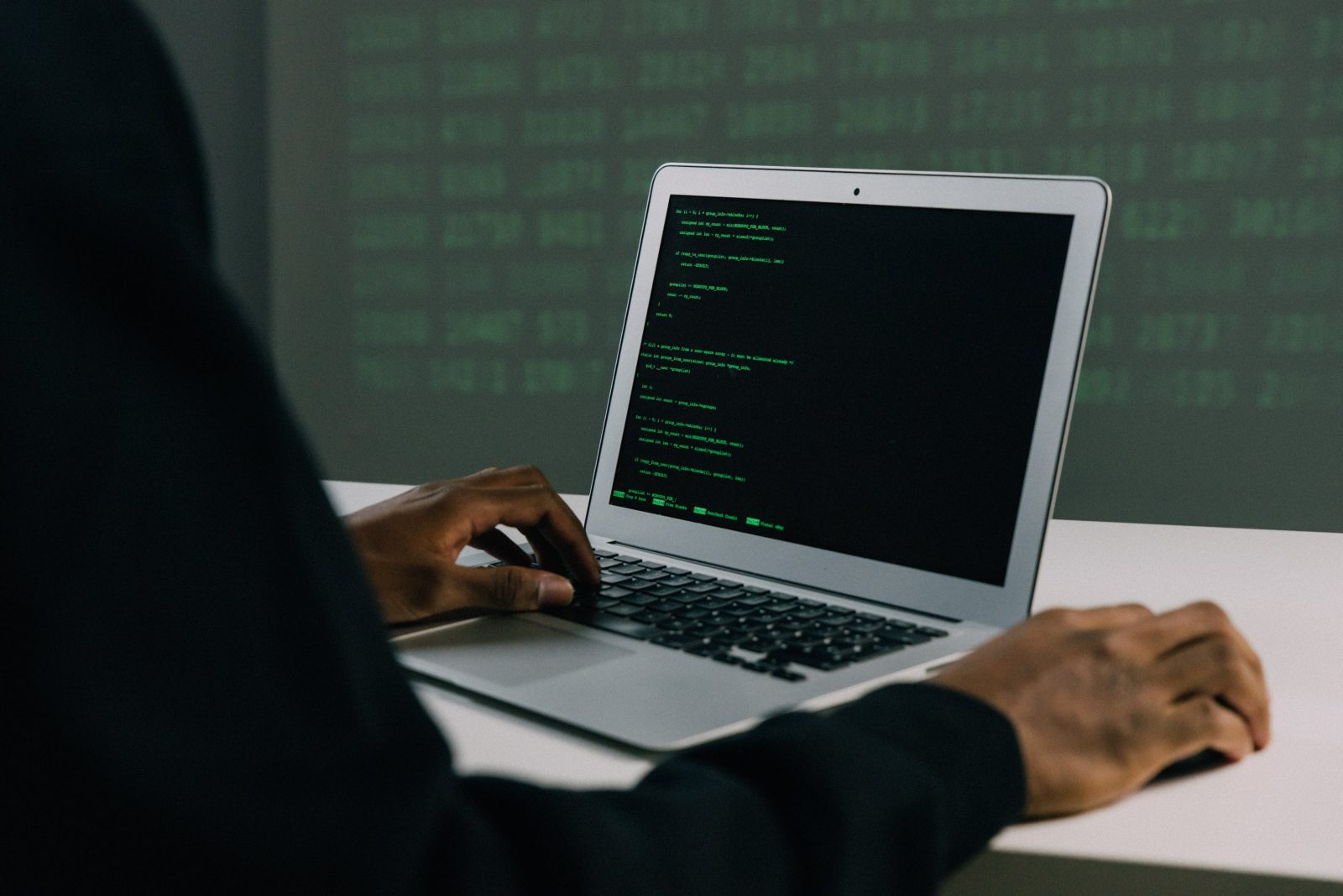With the COVID-19 pandemic came a quick rush to move to remote work. That created challenges for businesses, but it also led many to rethink how they were doing things in terms of their cybersecurity and their general IT infrastructure.
For example, many organizations are moving to a zero-trust security model with the intention of keeping their workforce working remotely, at least partially.
Each user requires an identity to manage, however. Identity and access management is a priority right now because of dispersed users.
With that in mind, the following are some things to know about privileged access management and best practices, which is a specific consideration within the larger element of access management.
What is Privileged Access Management?
Privileged access management, also known as PAM, refers to the special access that some users need above the standard user. With privileged access, an organization can operate a secure infrastructure efficiently and keep its data secure. Privileged access isn’t just associated with your human users. It can also be used to refer to machines and applications.
If a cybercriminal is able to exploit privileged credentials, the consequences can be catastrophic. It can allow them to move throughout systems and gain access to the most critical information.
There was a recent study that found 74% of data breaches involve privileged account access.
Understanding the risk of privileged access and taking steps to mitigate it should be a top priority right now.
Identity and access management, or IAM actually, in the technical sense refers to access to the front-end systems. PAM by contrast refers to access to back-end systems.
PAM is for businesses that are large and have staff members with complex organizational roles.
The Benefits of PAM
Some of the benefits of PAM implementation include:
• Users have to request privileges which adds another layer of security to access. This has to be approved by the administrators.
• PAM solutions are a good way to put in place barriers that still allow users to navigate their workflows easily and efficiently.
• When there’s a request for privileges, new information is added to the system, so you can see who requested and authorized it and what they did after getting access.
Best Practices
The following are some tips and things to keep in mind relating to privileged access management and implementing it:
• Use the right tools. When you have good tools in place, you can reduce external attack risks as well as the potential for insider attacks to occur. If you utilize a PAM technology solution, you have more control over privileged access and permissions for users, systems, and accounts.
• Have a discovery process for privileged accounts. You want to make sure that you know specifically which users and accounts should be able to access critical assets. That means you need to be able to identify all instances of privileged access not only on-premises but also in the cloud. Think about non-traditional accounts in this as well.
• Create a password policy. Everyone who uses and also manages privileged accounts needs to be fully aware of the password policy and understand it. One option is to use passphrases and multi-factor authentication.
• The principle of least principle should be used to prevent access to critical data or systems. Least privilege means you’re giving users only the bare minimum amount of access they need to do their jobs. Identity and access management controls (IAM) can help with least privilege.
• Privileged accounts need to be continuously monitored to ensure stolen credentials aren’t being used. You also need to monitor to ensure that policies and procedures are being followed and that there aren’t signs of insider attacks or threats occurring.
• Watch for lateral movement. Lateral movement is a top concern right now, and the risk of it occurring is why many organizations are implementing a zero-trust architecture. If one set of privileged credentials were breached, lateral movement could again be devastating to an organization.
• Remember that administrative rights change often, and monitoring should keep up with that evolution.
• Go beyond session recordings. If you’re recording sessions for every action that a privileged account does, it’s not helpful if not one’s actually looking into it.
If you’re proactive about managing all areas of user access, including privileged access, you can avoid potentially damaging or even devastating breaches. You want to make sure you’re choosing technology and protocols that give you full visibility, that you’re using the principle of least privilege, and that you’re thoroughly monitoring activity.








Leave a Reply